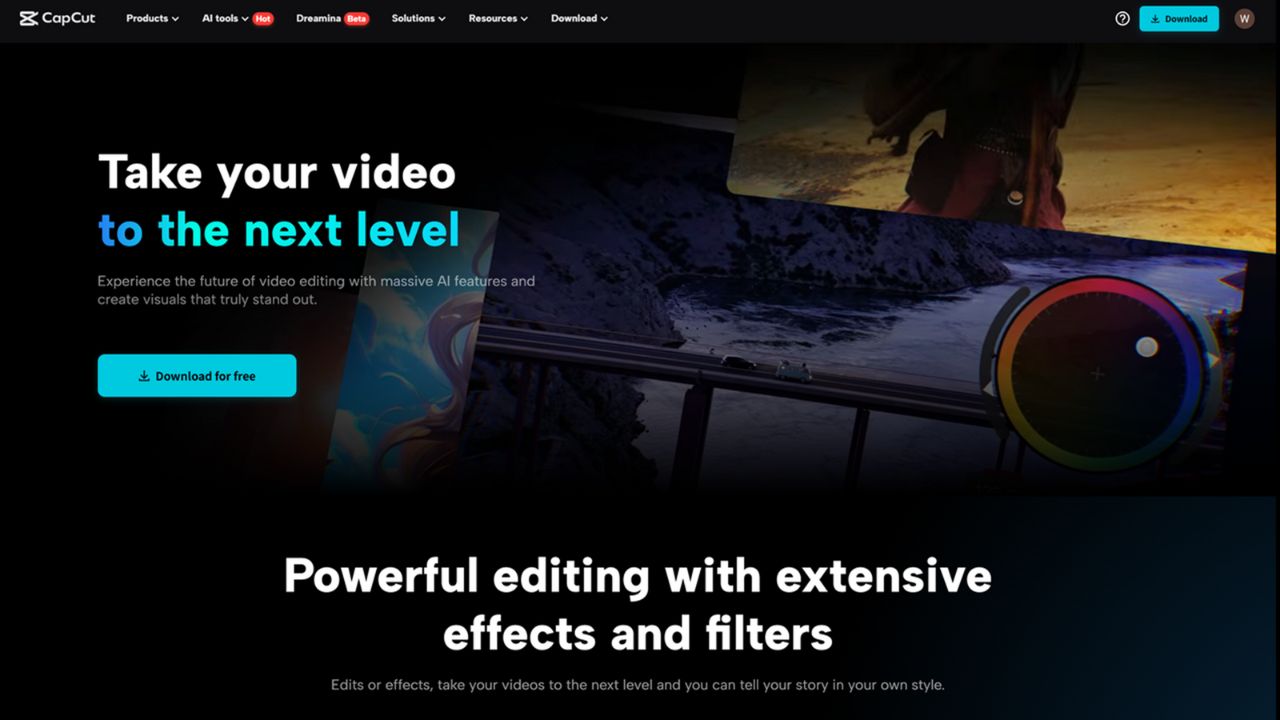The SaaS market is booming. According to Gartner, the global SaaS market is expected to reach $195.2 billion by 2023. This growth presents huge opportunities for entrepreneurs and businesses. But with great opportunity comes great competition. To stand out, you need a solid plan and execution strategy, thus presented to you how to Launch a Successful SaaS Product in 14 steps.
How to Launch a Successful SaaS Product
In today’s digital age, Software as a Service (SaaS) has become a dominant business model. Launching a SaaS product can be both exciting and challenging. This article outlines 14 key steps to help you navigate the process and increase your chances of success.
1. Identify a Problem Worth Solving
Every successful SaaS product starts with a problem. Your job is to find a significant problem that many people or businesses face. Talk to potential customers. Look for patterns in their complaints or inefficiencies in their processes. The bigger the problem, the more valuable your solution becomes.
2. Validate Your Idea
Don’t assume your idea is great just because you think it is. Test it. Create a landing page explaining your concept. Use tools like Google Ads or social media to drive traffic. See if people sign up for more information. This early validation can save you time and money.
3. Research the Market
Know your market inside out. Who are your competitors? What are their strengths and weaknesses? Use tools like SEMrush or Ahrefs to analyze their online presence. Look at their pricing, features, and customer reviews. This information will help you position your product effectively.
4. Define Your Unique Value Proposition (UVP)
Your UVP is what sets you apart. It’s the main reason why customers should choose you over competitors. Make it clear and compelling. For example, Slack’s UVP is “Where work happens,” emphasizing its role as a central hub for team communication.
5. Plan Your Minimum Viable Product (MVP)
Your MVP is the simplest version of your product that solves the core problem. Don’t try to include every feature you can think of. Focus on the essentials. This approach allows you to launch faster and start learning from real users.
6. Choose the Right Technology Stack
Your tech stack can make or break your product. Consider factors like scalability, security, and ease of maintenance. Popular choices for SaaS include:
- Frontend: React, Vue.js, Angular
- Backend: Node.js, Ruby on Rails, Django
- Database: PostgreSQL, MongoDB, MySQL
- Cloud Platform: AWS, Google Cloud, Microsoft Azure
Choose based on your team’s expertise and your product’s specific needs.
7. Build Your MVP
With your plan and tech stack in place, it’s time to build. Follow agile methodologies to stay flexible. Use project management tools like Jira or Trello to track progress. Aim for a balance between speed and quality.
8. Set Up Analytics
Data will be crucial for your success. Implement analytics from day one. Tools like Google Analytics, Mixpanel, or Amplitude can provide valuable insights into user behavior. Set up key metrics to track, such as:
- User acquisition
- Activation rate
- Retention rate
- Churn rate
- Revenue per user
9. Develop a Pricing Strategy
Pricing can make or break your SaaS. Consider these common models:
- Freemium: Free basic version with paid upgrades
- Tiered Pricing: Different feature sets at different price points
- Usage-Based: Pay for what you use
- Per-User Pricing: Charge based on the number of users
Your choice depends on your target market and product features. Don’t be afraid to adjust your pricing as you learn more about your market.
10. Create a Marketing Plan
Even the best product won’t succeed without effective marketing. Develop a multi-channel strategy that might include:
- Content Marketing: Blog posts, whitepapers, case studies
- SEO: Optimize for relevant keywords
- Social Media: Build a presence on platforms where your audience is active
- Email Marketing: Nurture leads and keep customers engaged
- Paid Advertising: Use platforms like Google Ads or LinkedIn Ads
11. Build a Customer Support System
Great customer support can be a key differentiator. Set up multiple channels for support:
- Email support
- Live chat
- Knowledge base
- Community forums
Tools like Zendesk or Intercom can help manage customer interactions efficiently.
12. Launch and Gather Feedback
Launch your MVP to a small group of early adopters. These could be people who signed up on your landing page or beta testers you’ve recruited. Their feedback is gold. Use surveys, interviews, and analytics to understand what’s working and what’s not.
13. Iterate and Improve
Based on user feedback and data, start improving your product. Prioritize changes that will have the biggest impact on user satisfaction and business metrics. Remember, launching is just the beginning. Successful SaaS products are constantly evolving.
14. Scale Your Operations
As you grow, you’ll need to scale various aspects of your business:
- Infrastructure: Ensure your servers can handle increased load
- Team: Hire key roles in development, marketing, and support
- Processes: Implement systems to manage a growing customer base
- Funding: Consider if you need additional funding to fuel growth
Essential Tools for a Successful Launch Strategy
To effectively execute your SaaS launch strategy, you’ll need a robust toolkit. Here are some essential tools to consider for various aspects of your launch:
Project Management
Effective project management is crucial for keeping your launch on track and team members aligned. These tools help organize tasks, track progress, and facilitate collaboration:
- Trello: A visual collaboration tool that creates a shared perspective on any project. It’s great for organizing tasks and tracking progress.
- Asana: Helps teams orchestrate their work, from daily tasks to strategic initiatives. It’s particularly useful for complex projects with multiple team members.
- Jira: Ideal for software development teams, Jira helps plan, track, and manage agile software development projects.
Email Marketing
Email remains one of the most effective channels for nurturing leads and engaging customers. These tools can help you create, send, and analyze email campaigns:
- Mailchimp: Offers email marketing, ads, landing pages, and CRM tools. It’s user-friendly and great for beginners.
- SendGrid: A cloud-based email service that delivers both marketing and transactional emails. It’s known for its high deliverability rates.
- ConvertKit: Designed specifically for creators, it offers powerful automation and segmentation features.
Analytics
Data-driven decision making is key to SaaS success. These analytics tools provide insights into user behavior, helping you optimize your product and marketing efforts:
- Google Analytics: A free web analytics service that tracks and reports website traffic. It’s essential for understanding your user acquisition channels.
- Mixpanel: Offers advanced analytics for mobile and web. It’s great for tracking user interactions and funnel analysis.
- Amplitude: Provides product analytics that help you understand user behavior and optimize for retention.
Customer Support
Excellent customer support can be a key differentiator for your SaaS. These tools help manage customer interactions efficiently across multiple channels:
- Intercom: A conversational relationship platform that combines chat, email, and a help center. It’s great for both marketing and support.
- Zendesk: A comprehensive customer service platform that includes ticketing, live chat, and a knowledge base.
- Freshdesk: An affordable, feature-rich customer support software that’s easy to set up and use.
Product Management
Effective product management ensures your SaaS evolves in line with user needs and market trends. These tools help plan, prioritize, and communicate product development:
- ProductPlan: Helps you create visual product roadmaps to align your team and stakeholders.
- Pendo: Provides product experience insights that help you make better product decisions.
- UserVoice: Allows you to collect and prioritize product feedback from your users.
Launching a successful SaaS product is a journey that requires careful planning, execution, and continuous improvement. By following these 14 steps, you’ll be well-equipped to navigate the challenges and opportunities in the SaaS market. Remember, success rarely happens overnight. Stay patient, stay focused, and keep iterating based on user feedback and market trends.









































